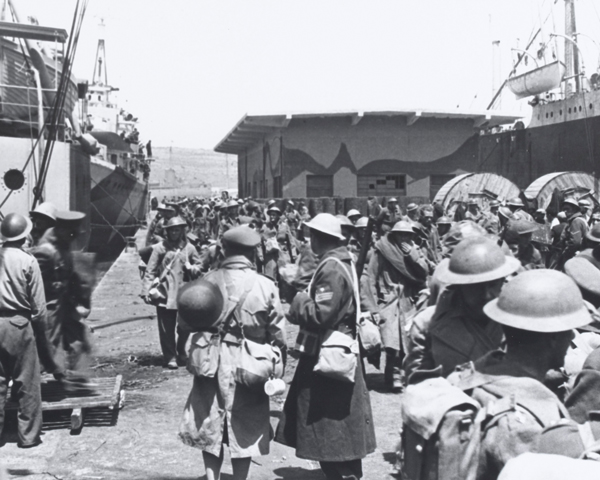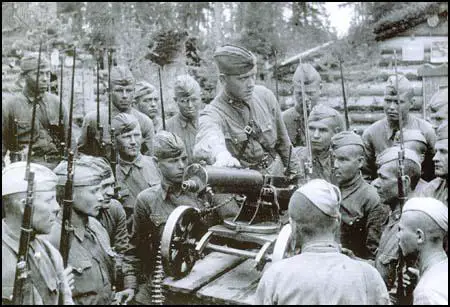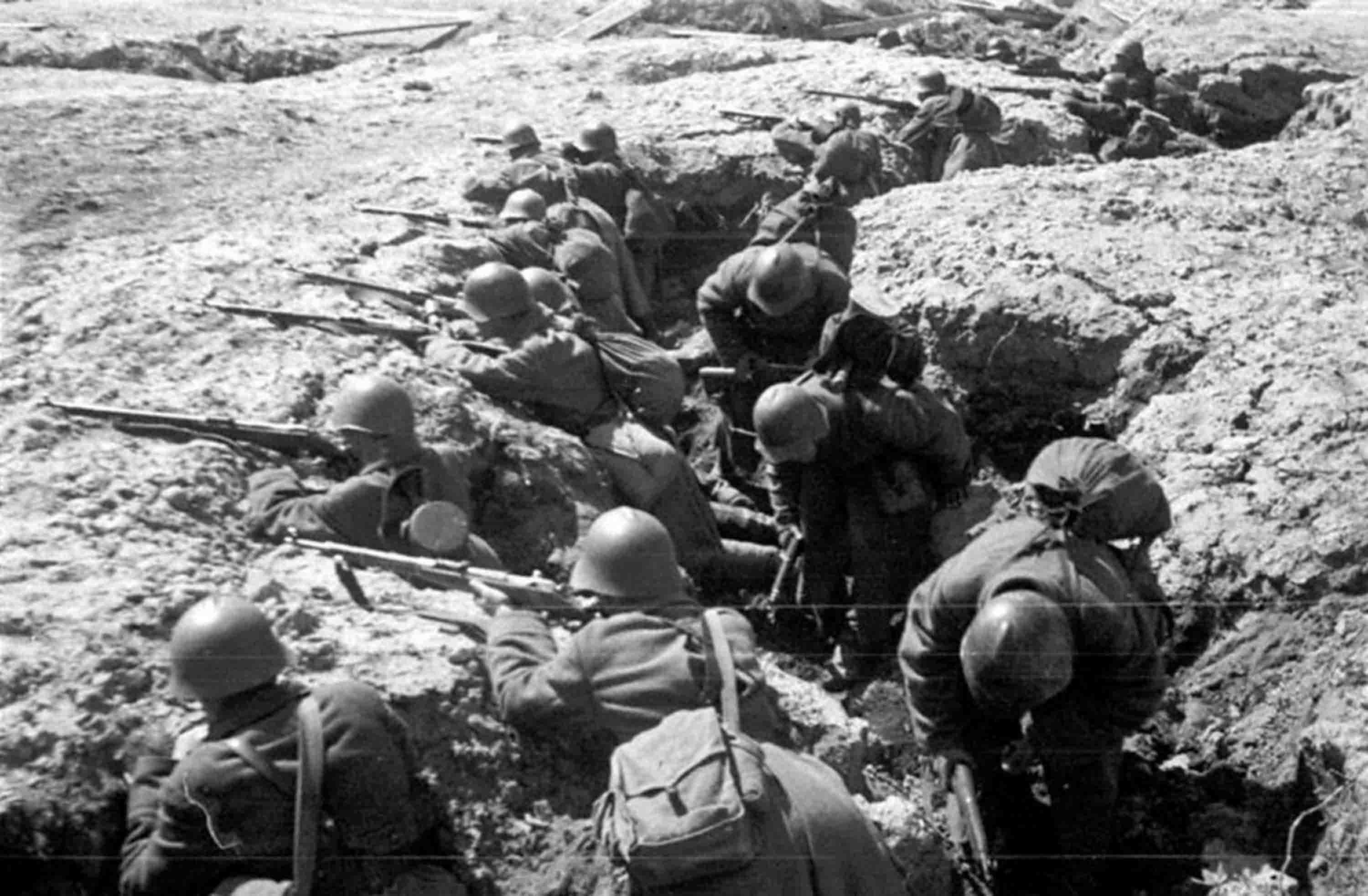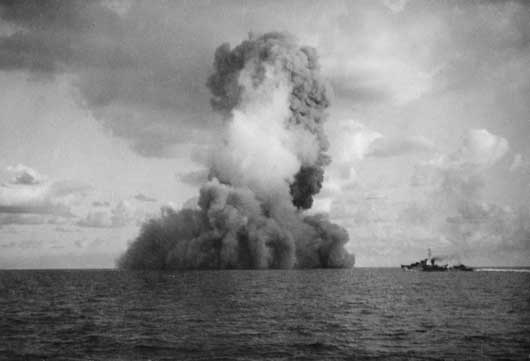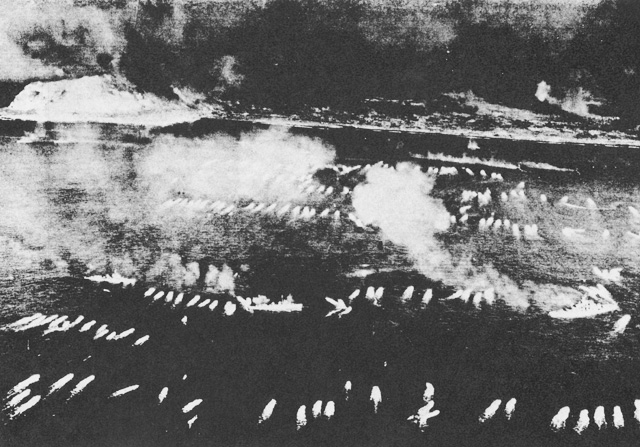Great post! The battle for India and the UK will surely be fun too.
Thanks! I dunno know when India will happen. I guess if Europe and North-Africa is secure then the Red Army can rest for a while before driving south toward Southern Africa (interesting stuff happening there btw. will get there later), east toward India or west toward the US. I can only imagine the horrors in the interior of Africa and India. Nature plus thousands of NATO troops.
Another strategy may be when the forces in Europe rest, the Far East build up and aid the PRC to take on Democratic China and Japan, and then the PRC might open up a front in eastern India. It will nevertheless include hundreds of thousands if not millions of men.
As a small spoiler the Pact nations have for the war focused on amassing along the Indian border, and so have India, UK and USA. A major clash will happen there.
Last edited:
















